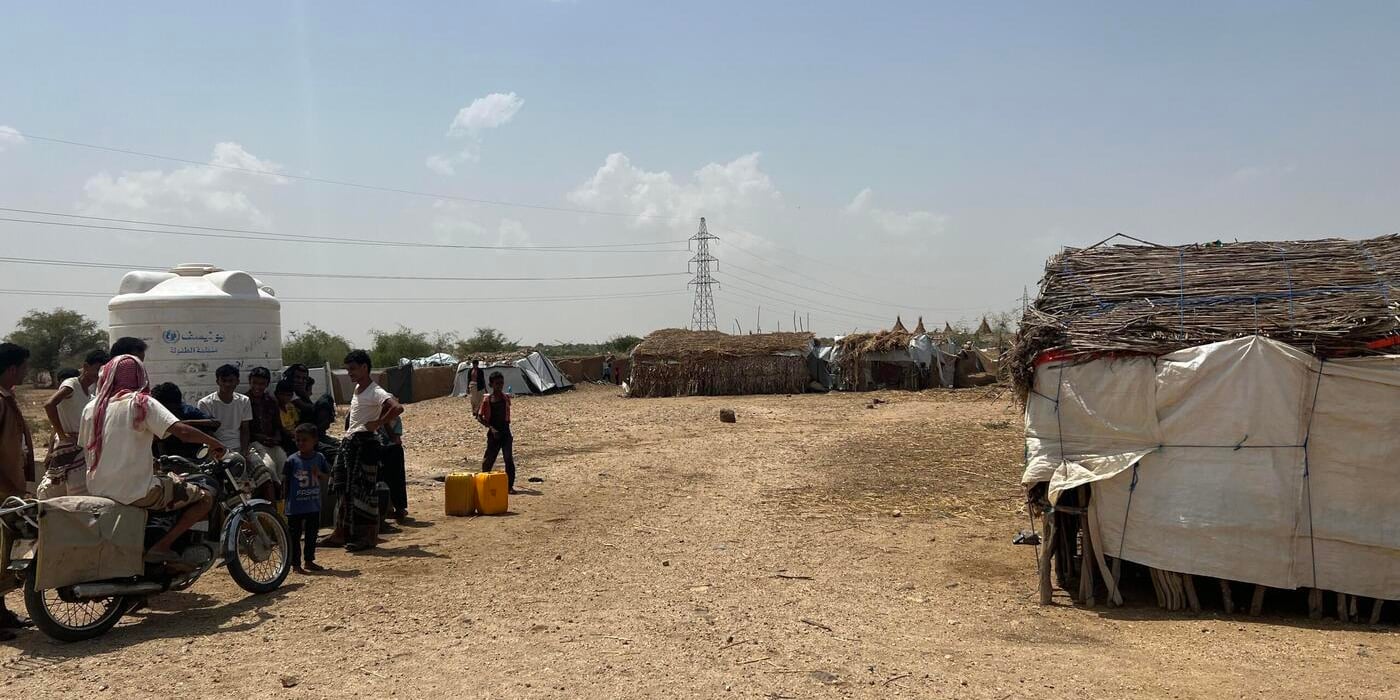
Here are 10 things you should know about what is happening in Yemen:

#1: Poverty and lack of democracy
The causes of the conflict in Yemen include poverty, unemployment, water shortages and corruption, which highlighted a lack of democracy and political representation. This dissatisfaction led to extensive and violent demonstrations in the wake of the Arab Spring in 2011, and President Saleh was forced to resign.
#2: A deep-rooted conflict
The conflict is deep-rooted. Since 2004, there has been fighting between the internationally-recognised government and members of the Ansar Allah group, also known as the Houthi movement. The group is affiliated with a local sect of Shia-Islam, which constitutes about one-third of Yemen's population. In September 2014, members of Ansar Allah and troops loyal to deposed President Saleh swept in and took control of the capital, Sana'a.

#3: The neighbouring countries interfere
In March 2015, a group of several regional countries called “The Coalition”, led by Saudi Arabia and backed by the United States and several other Western countries, went to war on members of Ansar Allah. Since then, the situation has deteriorated.
#4: The world's largest man-made hunger crisis
The war has led to inflation, unemployment and lack of salary payments, as well as an acute shortage of fuel, food and medicine. In 2015, half of the country’s inhabitants lived of less than two dollars a day, without access to clean water or adequate sanitation. Of the country's 29 million inhabitants, 22 million people are in need of humanitarian aid. Of these, half are in acute distress. Approximately half a million children suffer from acute malnutrition.

#5: Chilling cholera epidemic
Lack of wages and medication has led to the collapse of public health services, and few can afford private health services. Lack of vaccines and medicine has caused many, especially children, to die from easily treated diseases. A cholera outbreak that began in 2016 is still affecting the country. About one million people are believed to have been infected, and over 2,000 have died since April 2017.
#6: Bombs civilians and stops emergency relief
Over 8,700 people have been killed and over 50,000 wounded since the conflict began, many to imprecise bombing. Three million people have been forced to leave their homes. The UN has accused all parties to the conflict of attacks on hospitals, schools and markets and of preventing emergency services to reach civilians.

#7: The closed border kills
Closed border crossings, airports and harbours have made it almost impossible to get emergency aid into Yemen. This has led to an acute shortage of food and medication, and is a direct cause of children dying of malnutrition and diseases that could be easily treated.
#8: Nine months of silence from UN Security Council
Humanitarian actors in Yemen are concerned about the silence and inaction from the UN Security Council, which hasn’t made public comment on Yemen since April last year. As long as the government and coalition are supported by the United States, the United Kingdom and France, all of whom have a veto in the UN Security Council, it is unlikely that the Security Council will play a decisive role in the Yemen conflict.
#9: UN has launched peace plan
The UN has created a peace plan that they have tried to enact with the parties’ agreement, but it has, so far, been impossible to get the parties to accept all the terms. Weapons, demilitarisation in cities and a common assembly government are the most important points in the UN's draft peace agreement.
#10: Norway has provided warring parties with weapons
After the war in Yemen began, military exports from Norway to the warring countries were increased fivefold. In 2016, Norway sold war material worth NOK 319 Million to the countries participating in the war. In 2014, before the war started, exports were only 56 million.


